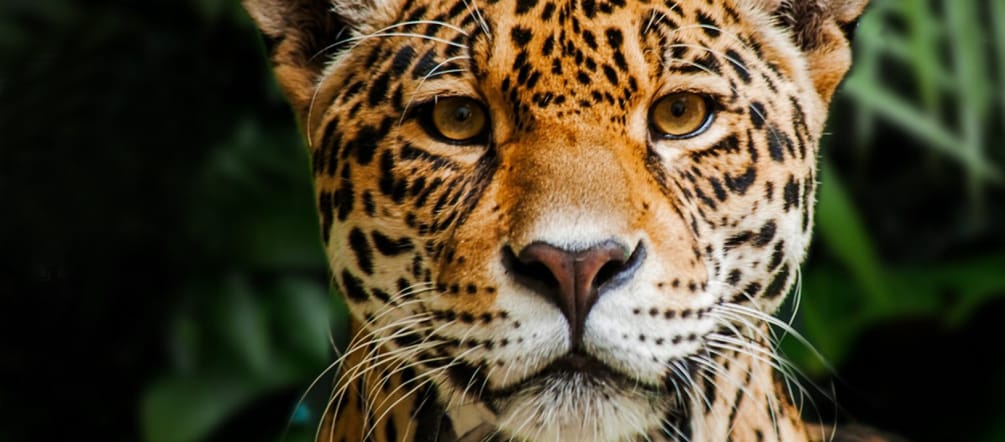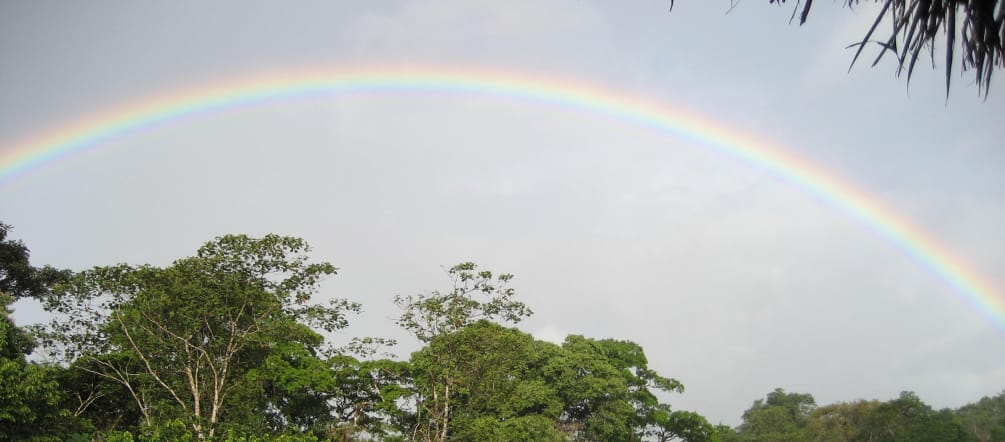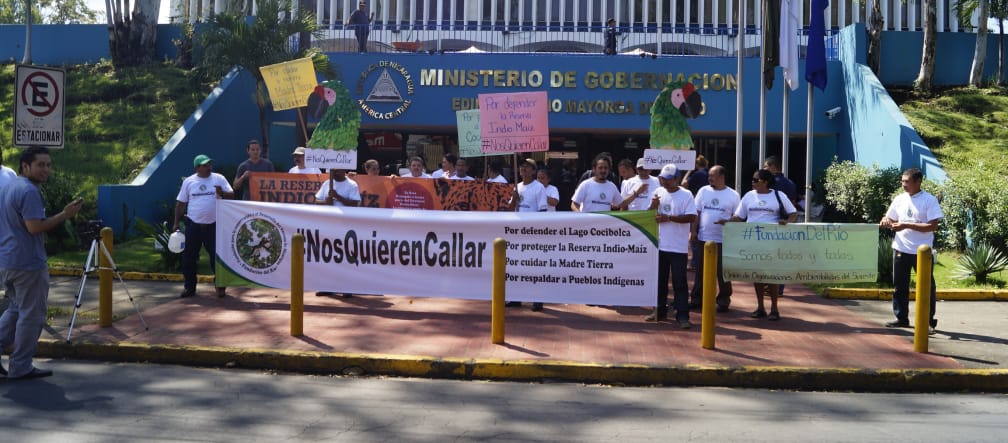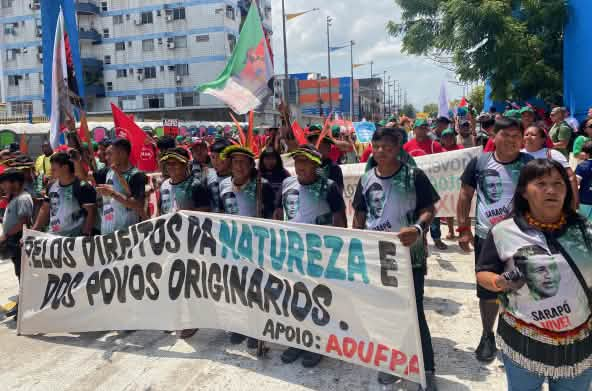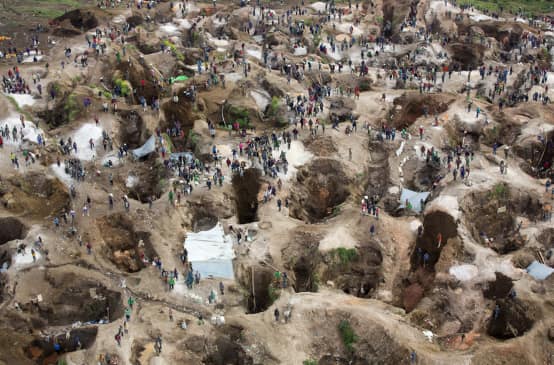Completed campaign
Protect Nicaragua's Indio Maíz and Bosawás rainforests!
The Bosawás and Indio Maíz Biosphere Reserves in Nicaragua are the largest tropical forests in the Americas after the Amazon. They have been protected by indigenous peoples for generations, but now they are in danger – paradoxically by funds designed to protect the forest and the climate.
To: the Board of the Green Climate Fund
“Reject Nicaragua’s Bosawás and Indio Maíz REDD project application, It ignores the true causes of deforestation and threatens indigenous people.”Nicaragua still has quite a bit of forest, especially in the Bosawás and Indio Maíz UNESCO Biosphere Reserves. The richly biodiverse protected areas are home to jaguars, tapirs, giant anteaters and spider monkeys.
The areas, which have partly been recognized as indigenous territories, are being exploited according to the Nicaraguan Alliance of Indigenous and Afrodescendant Peoples (APIAN): The Nicaraguan government is looking the other way while illegal loggers, gold miners and ranchers invade the forests, and in some cases is even encouraging their activities. Their illegal settlements have been a major driver of deforestation and human rights violations, including the killing of at least ten people.
Now the Nicaraguan government has applied for money from the Green Climate Fund (GCF) via the Central American Bank for Economic Integration (CABEI) to establish a REDD project in the protected areas.
REDD (Reducing Emissions from Deforestation and Forest Degradation) is a mechanism by which developed countries pay for forest conservation, a model that has been criticized for reducing forests to a commodity while failing to protect either forests or their inhabitants. On the contrary – it threatens to fuel conflicts and trample the rights of the indigenous population.
The real causes of deforestation are not even mentioned in the REDD project application. The REDD project could lead to the legalization of the mining and logging settlements, thus setting the stage for further exploitation and conflicts with traditional communities.
The GCF will decide on the application between the 9th and 13th of November. Nicaraguan indigenous and environmental NGOs are calling on the GCF to reject the application.
Please support their demands: Say no to REDD in Bosawás and Indio Maíz in Nicaragua!
150,000 hectares of forest were destroyed in Nicaragua between 2005 and 2015 every year.
REDD Monitor, January 12, 2020: Nicaraguan Alliance of Indigenous and Afro-descendant Peoples statement of concern about World Bank REDD deal
Oakland Institute, 2020: Is Nicaragua For Sale? Foreign Mining Companies Are Eager to Buy
Oakland Institute, October 2020: One Degree Removed. MLR Forestal’s Ties to Indigenous and Afrodescendant Rights Violations
Nacla, September 6, 2016: The New Colonization of Nicaragua’s Caribbean Coast
Revista Amazonas: Por el fin de la violencia contra las mujeres y pueblos indígenas de Nicaragua
To: the Board of the Green Climate Fund
Ladies and Gentlemen,
It has come to my attention that the indigenous Rama and Afrodescendant Kriol communities of Nicaragua’s Indio Maíz protected area, as well as the indigenous Miskitu and Mayangna in the Bosawás protected area, have not been consulted with regard to extractive projects on their territory. They have also not been given a say in the REDD project, which contains a proposal for an indigenous consultation mechanism that is weaker than the inalienability defined in Nicaragua’s laws and constitution.
Furthermore, they are suffering threats, displacement, criminalization and oppression, and the Nicaraguan authorities have not responded to multiple calls for their protection, including one from the Inter-American Court of Human Rights (IACHR) and one from the Office of the United Nations High Commissioner for Human Rights (OHCHR). (https://www.ohchr.org/EN/NewsEvents/Pages/DisplayNews.aspx?NewsID=25532)
The application by the Nicaraguan government for funding from the REDD program for the Bosawás and Indio Maíz biosphere reserves not only fails to properly frame the real causes of deforestation in the region so that they can be properly remedied, it falsely places the blame for the deforestation solely on farmers. It does not make any reference to the role of the state and its tacit consent to the illegal occupation of land, a phenomenon which has increased during the current COVID-19 pandemic.
Taking these facts, as well as the violent state repression against people who criticize the policies of the Nicaraguan government into account, I call on you to:
- ensure that decisions about land use are made exclusively by the affected communities, as the law provides.
- reject without delay the financing of the REDD project in the Bosawás and Río San Juan protected areas in Nicaragua. The proposed project does not take into account the real causes of deforestation and would deprive indigenous communities of their rights to land, lead to numerous human rights violations and endanger their lives.
Yours faithfully,
150,000 hectares of forest were destroyed in Nicaragua between 2005 and 2015 – every year.
https://www.globalwildlife.org/project/indio-maiz-biological-reserve/
REDD is a World Bank program to reduce emissions from deforestation and forest degradation.
